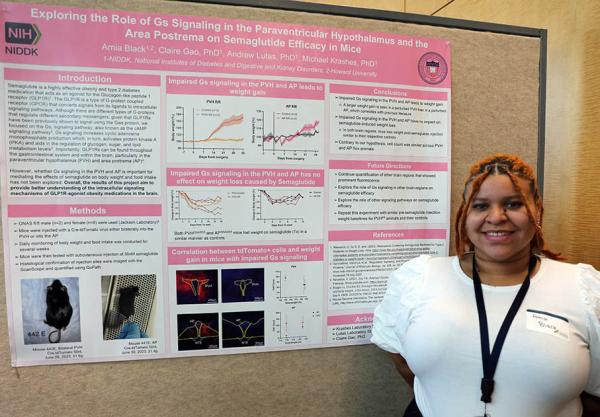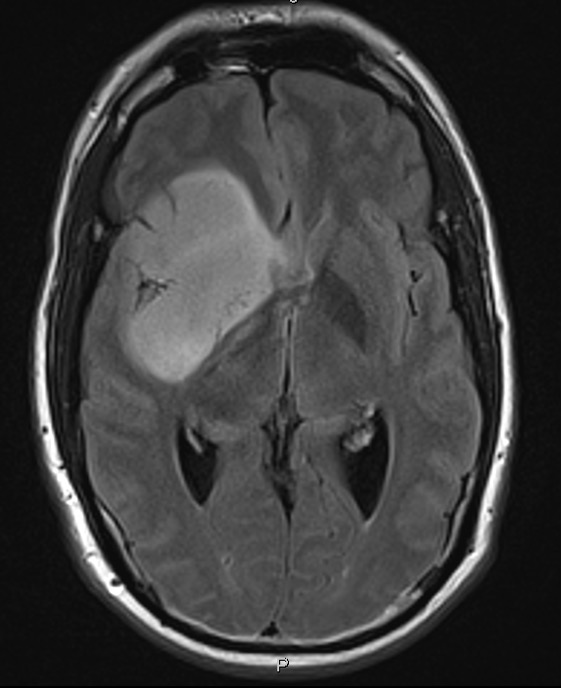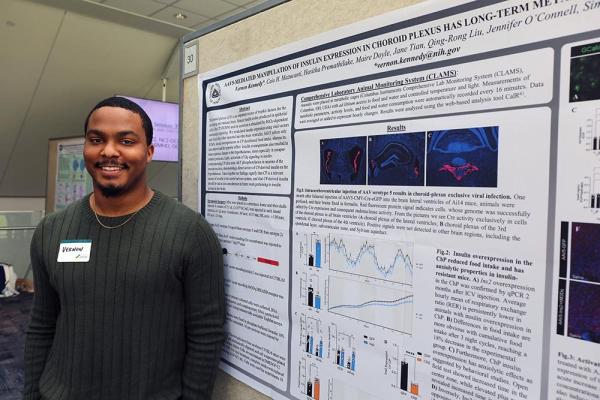Brain Pathway Amplifies Pain After Injury
Mouse Study Could Aid Development of Treatments for Chronic Pain
Getting hurt or sick is bad enough, but millions of patients around the world continue to experience pain or hypersensitivity even after their ailment resolves itself. Despite the prevalence of chronic pain, few effective treatments are available, especially ones without the potential for addiction that opioid medications carry. However, new IRP research has shown that suppressing the electrical firing of neurons in a certain brain area can alleviate injury-induced hypersensitivity in mice, providing a promising new target for treatments aimed at relieving chronic pain.










